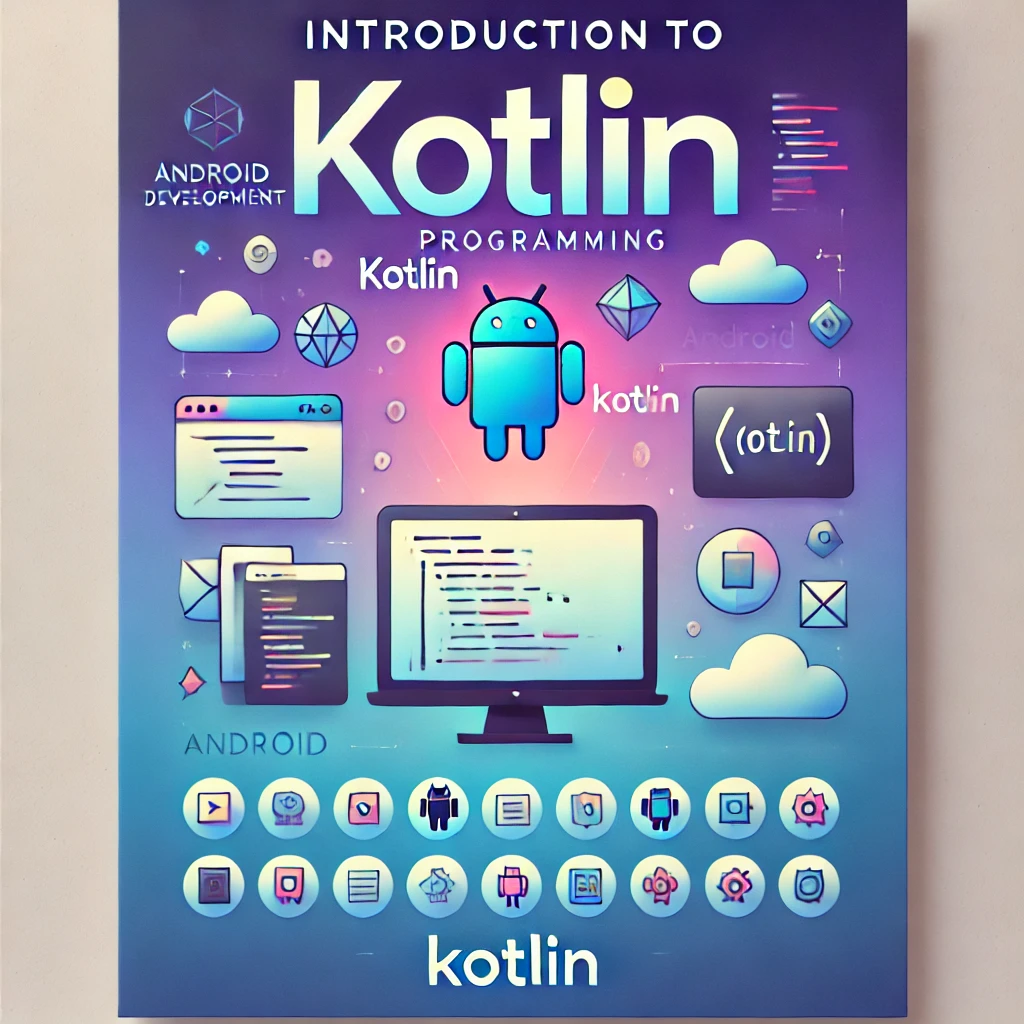
In Kotlin, you can define classes inside other classes. These are called nested classes and inner classes, and they provide a way to structure your code in a more organized and encapsulated manner. Although they might seem similar at first glance, there are key differences between the two that affect how they work, especially when it comes to accessing the members of the outer class.
In this article, we will explore nested classes and inner classes in Kotlin, highlighting the differences, usage, and providing examples of how and when to use them.
1. What is a Nested Class in Kotlin?
A nested class in Kotlin is a class that is defined within another class. A nested class does not have a reference to an instance of its outer class. This means that nested classes can’t access non-static members (like properties or methods) of the outer class directly. They are more like independent classes that just reside within the scope of their outer class.
Nested classes in Kotlin are declared using the class keyword inside another class.
Key Features of Nested Classes:
- They are defined within the scope of another class.
- They don’t have access to the outer class instance.
- They are static in nature, meaning they cannot access non-static members of the outer class.
Syntax of a Nested Class:
class OuterClass {
class NestedClass {
fun printMessage() {
println("This is a nested class.")
}
}
}
In this example, NestedClass is a nested class inside OuterClass. It can be accessed using OuterClass.NestedClass().
2. Creating and Using a Nested Class
Since a nested class is static, it can be instantiated without an instance of the outer class. You access it using the outer class name.
Example of Using a Nested Class:
class OuterClass {
class NestedClass {
fun printMessage() {
println("This is a nested class.")
}
}
}
fun main() {
val nestedObject = OuterClass.NestedClass() // Accessing the nested class
nestedObject.printMessage() // Output: This is a nested class.
}
In this example:
- We create an instance of the nested class
NestedClassusingOuterClass.NestedClass(). - The nested class
NestedClassdoesn’t have access to the members ofOuterClass.
3. What is an Inner Class in Kotlin?
An inner class in Kotlin is a class that is defined inside another class and has a reference to an instance of its outer class. This means the inner class can access both the static members and non-static members (properties and functions) of the outer class.
The main difference between a nested class and an inner class is that an inner class has access to the instance of the outer class.
Inner classes are defined using the inner keyword.
Key Features of Inner Classes:
- They are defined inside another class, just like nested classes.
- They have a reference to the outer class instance and can access both static and non-static members of the outer class.
- They are not static, meaning they cannot be instantiated without an instance of the outer class.
Syntax of an Inner Class:
class OuterClass {
val outerProperty = "I am an outer class property"
inner class InnerClass {
fun printMessage() {
println(outerProperty) // Accessing outer class property
println("This is an inner class.")
}
}
}
In this example, InnerClass is an inner class, and it can access the outerProperty from the OuterClass.
4. Creating and Using an Inner Class
To instantiate an inner class, you need an instance of the outer class. The inner class automatically has access to the outer class’s instance.
Example of Using an Inner Class:
class OuterClass {
val outerProperty = "I am an outer class property"
inner class InnerClass {
fun printMessage() {
println(outerProperty) // Accessing outer class property
println("This is an inner class.")
}
}
}
fun main() {
val outerObject = OuterClass() // Creating instance of outer class
val innerObject = outerObject.InnerClass() // Accessing the inner class using outer class instance
innerObject.printMessage()
}
In this example:
- We first create an instance of the
OuterClassand then create an instance of theInnerClassusing theouterObject.InnerClass()syntax. - The inner class can access the
outerPropertyof the outer class because it holds a reference to the outer class instance.
Output:
I am an outer class property
This is an inner class.
5. Differences Between Nested and Inner Classes
While nested and inner classes might appear similar at first, there are a few key differences that define their behavior:
| Feature | Nested Class | Inner Class |
|---|---|---|
| Access to Outer Class | Does not have access to the outer class instance. | Has access to the outer class instance and its properties/members. |
| Keyword | class | inner class |
| Instantiating | Can be instantiated without an instance of the outer class. | Must be instantiated through an instance of the outer class. |
| Use Case | Used for organizing classes that don’t need access to outer class state. | Used when the nested class needs to access the outer class’s state. |
6. Practical Use Cases of Nested and Inner Classes
Nested Class Use Case:
Nested classes are useful when you want to group a class inside another, but the nested class does not need to access the outer class’s properties or methods. This can help with code organization and clarity.
Example Use Case: A Car class and its Engine class.
class Car(val brand: String) {
class Engine(val horsepower: Int) {
fun displayHorsepower() {
println("Engine horsepower: $horsepower")
}
}
}
fun main() {
val engine = Car.Engine(150) // Accessing nested class without an instance of Car
engine.displayHorsepower() // Output: Engine horsepower: 150
}
In this case, Engine is a nested class because it doesn’t need to access the state of the Car class.
Inner Class Use Case:
Inner classes are appropriate when the nested class needs to access the state of the outer class. For example, an OuterClass managing a collection of items might have an inner Item class that needs access to the OuterClass properties.
Example Use Case: An OuterClass with an InnerClass representing a Student.
class Classroom {
private val students = mutableListOf<String>()
inner class Student(val name: String) {
fun addStudent() {
students.add(name) // Accessing outer class's property
println("$name has been added to the classroom.")
}
fun displayStudents() {
println("Students in the classroom: $students")
}
}
}
fun main() {
val classroom = Classroom()
val student = classroom.Student("John")
student.addStudent() // Output: John has been added to the classroom.
student.displayStudents() // Output: Students in the classroom: [John]
}
In this case, the Student class is an inner class because it needs to access the students list of the Classroom outer class.
7. Conclusion
In Kotlin, nested classes and inner classes are two important ways to organize and structure your code. They allow you to group related classes together, but with different levels of access to the outer class’s properties and methods:
- Nested classes are static and don’t have access to the outer class’s instance members.
- Inner classes are non-static and can access the outer class’s instance members.
You should choose nested classes when the inner class doesn’t need to access the outer class, and inner classes when the nested class must interact with the outer class instance.
Both types of classes are powerful tools in Kotlin that help make your code more modular, organized, and easy to maintain.


